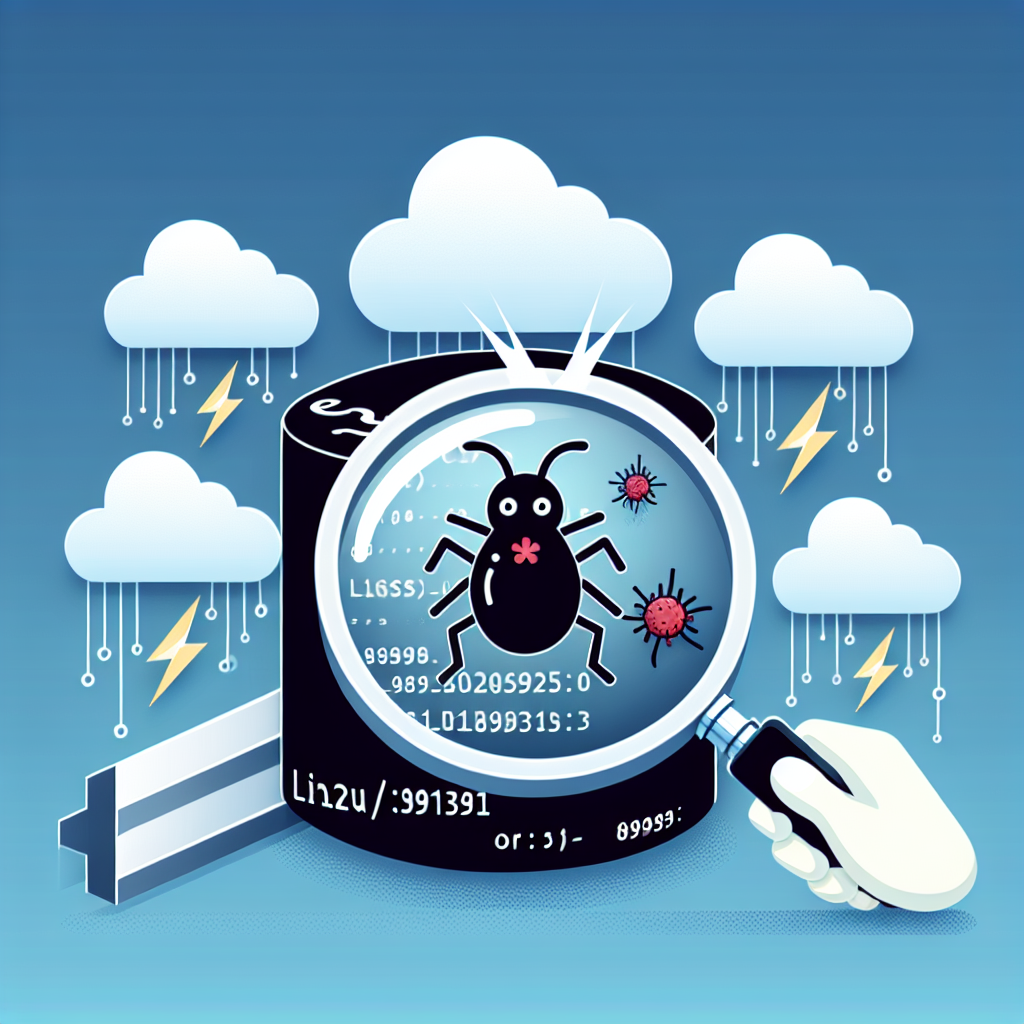Understanding the Linux Vulnerabilities in Multi-Cloud Environments
It’s no secret that Linux powers 90% of cloud infrastructure, making it a prime target for cyber attacks. However, current security measures are primarily focused on Windows-based threats, leaving multi-cloud deployments vulnerable to malicious actors. This oversight has led to the propagation of malware in Linux-based systems, flying under the radar of traditional defenses.
Research Insights from VMware Threat Analysis Unit
A recent study conducted by the VMware Threat Analysis Unit sheds light on the unique characteristics of threats targeting Linux environments. Remote access tools (RATs), ransomware, and cryptominers have been identified as major concerns for organizations relying on Linux-based systems. Understanding these threats is crucial for safeguarding your cloud infrastructure.
Key Findings and Mitigation Strategies
- Characterization Techniques: Existing methods for identifying malware may not be sufficient to detect sophisticated threats targeting Linux. Implementing advanced characterization techniques is essential for enhancing your security posture.
- Ransomware and Cryptominer Evolution: Threat actors are constantly evolving ransomware and cryptominer families to target Linux-based systems. Staying informed about these developments is key to staying one step ahead of cyber criminals.
- Defense Mechanisms: Combating Linux threats requires a multi-faceted approach. By implementing a combination of security policies, mechanisms, and proactive measures, you can effectively defend your multi-cloud environment against malware.
By taking proactive steps to understand and address the unique vulnerabilities of Linux in multi-cloud environments, organizations can strengthen their cyber defenses and mitigate the risk of falling victim to malicious attacks. Stay informed, stay vigilant, and stay secure in the cloud.

